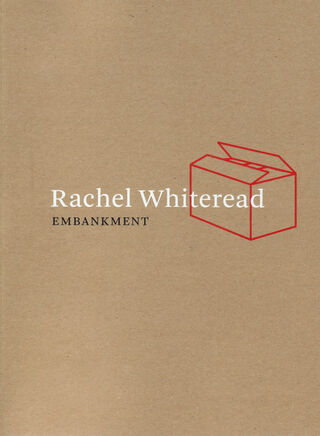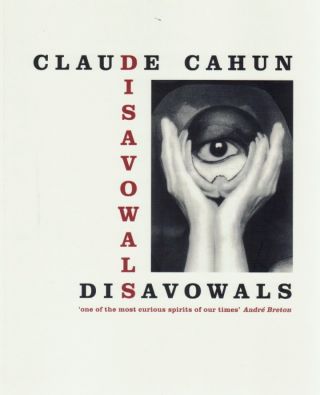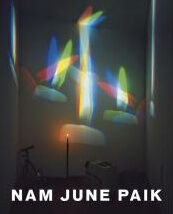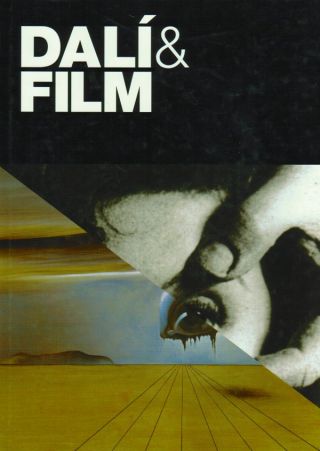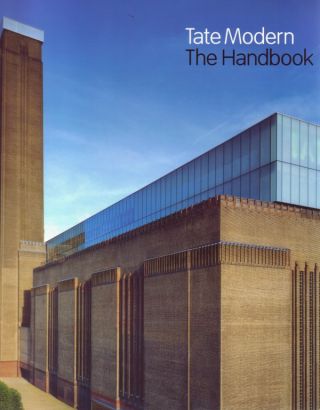
Oiticica in London
availability unknown, if interested please write an email
The major retrospective 'Hélio Oiticica: The Body of Colour' on view at Tate Modern from 6 June to 23 September 2007 and 'Oiticica in London - Tate Collection', which is being shown on the fifth floor of the museum from 19 May to 21 October 2007, present a complete portrait of the artist and his works, from the most formalist to the most conceptual.
Hélio Oiticica (1937–80) was one of the most innovative Brazilian artists of his generation and has come to be acknowledged as a significant figure in the development of contemporary art. Among his achievements was the original and uncompromising use of colour that was central to his practice, and this is the first large-scale exhibition focusing on this key element in his work. Featuring more than 150 works, the exhibition includes several key series from 1955 onwards, some of which have not been seen publicly for more than thirty years.
At the end of the 1960s Oiticica spent a year in London, where, in 1969, he was invited to exhibit at the Whitechapel Art Gallery. The resulting exhibition, or Whitechapel Experiment as Oiticica preferred to call it, was the largest show he ever held and one of the most radical visual arts events of the period. It was structured as a continuous participatory environment for people, featuring paintings, sculpture and installation and culminating in Eden, built especially for the Whitechapel, a bare-foot, sensory, 'mind-settlement' of sand, cabins, beds and nests intended to stimulate among the public a form of creative reverie the artist called Creleisure. Oiticica was present at the gallery for much of the experiment, writing letters and meeting friends and fellow artists.
This crucial period in the artist's life has never been thoroughly investigated before. Featuring interviews of Oiticica's contemporaries that provide telling new insights, writings by the artist translated for the first time, essays by leading critics and facsimile pages of the original Whitechapel catalogue, this book captures not only a pivotal moment in the life and career of a unique artist but also in the development of the avant-garde in London.

